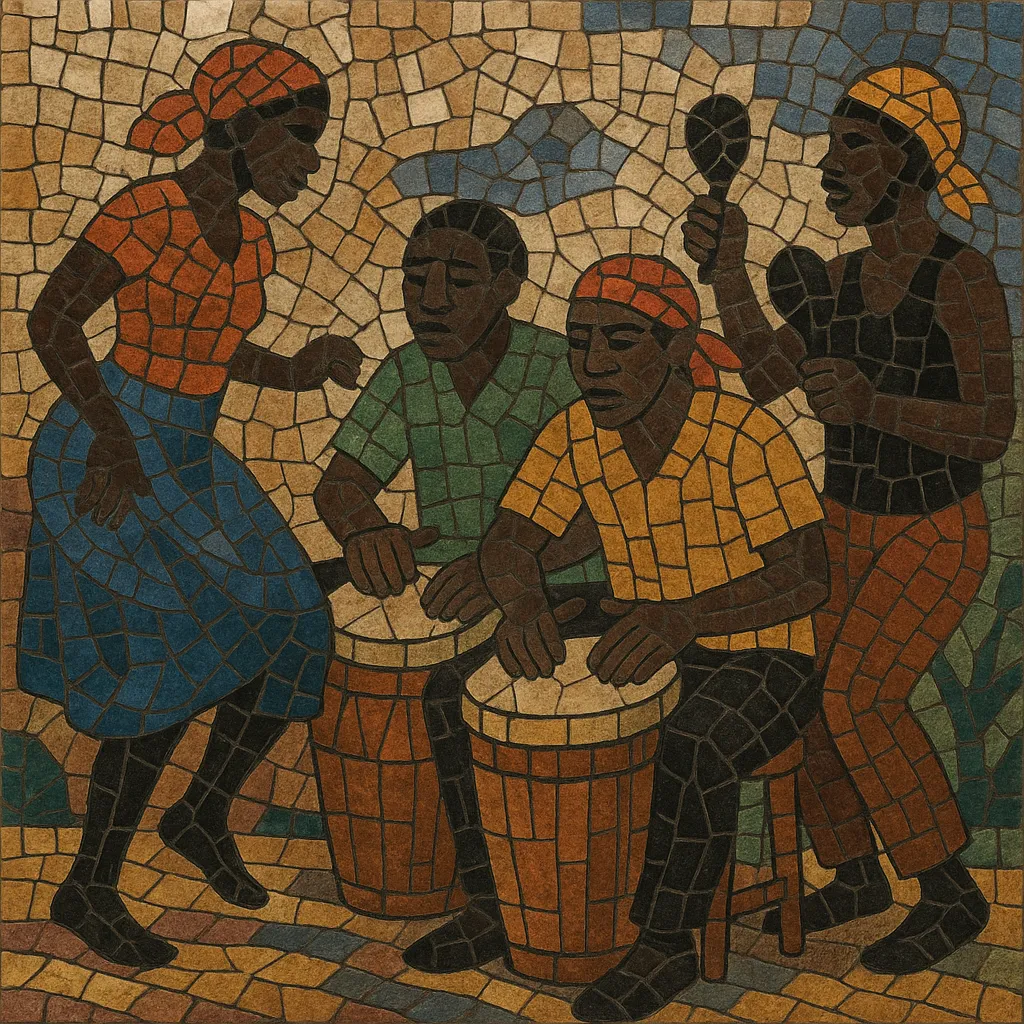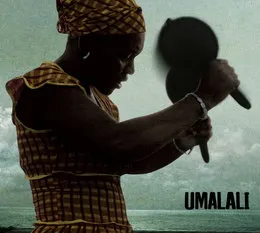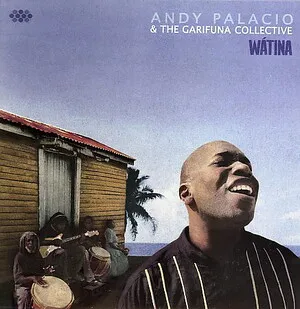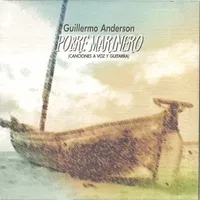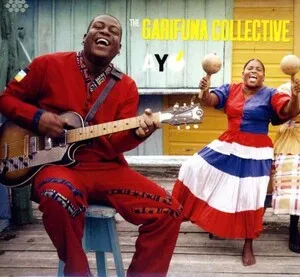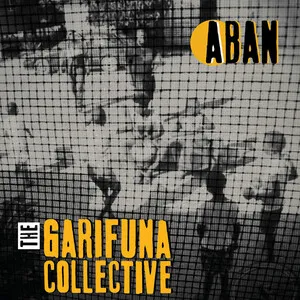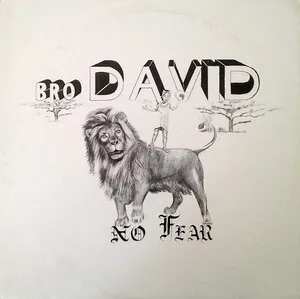Punta is a vibrant Afro-Indigenous Garifuna dance-music tradition from the Caribbean coasts of Central America, characterized by interlocking, polyrhythmic drumming, call-and-response singing, and a virtuosic hip-and-foot dance. Its core ensemble features two hand drums (the lower-pitched segunda keeping a cyclical ostinato and the higher-pitched primero improvising and cueing dancers), rattles (sísira), and sometimes turtle shell percussion and conch shell signals. Vocals are typically in the Garifuna language and weave communal narratives, humor, courtship, and social commentary.
Although centuries old, punta has evolved into multiple expressions—from strictly traditional, ceremonial contexts to modern party settings and stage performances. In the late 20th century, amplified variants (often called "punta rock") fused the foundational drum patterns with bass, electric guitar, keyboards, and studio production, spreading the style across Belize, Honduras, Guatemala, and the Garifuna diaspora.
Punta arose among the Garifuna (Afro-Indigenous people of West African and Island Carib/Kalinago ancestry) who settled along the Caribbean coasts of present-day Honduras, Belize, Guatemala, and Nicaragua after 1797. Drawing on West African polyrhythmic drumming and Garifuna communal song traditions, punta developed as a social dance for celebrations, wakes (beluria), and community gatherings.
Through the 1800s and 1900s, punta functioned both as a community binder and a vehicle for oral history. Ensembles used two drums—segunda (bass/ostinato) and primero (lead/improvisatory)—with sísira (rattles), and occasionally turtle shell percussion and conch. The style remained primarily participatory: singers traded verses in call-and-response while dancers showcased fast, precise hip movements and competitive footwork.
From the late 1970s–1990s, artists began to electrify punta, adding bass guitar, drum kits or drum machines, synthesizers, and guitar riffs while maintaining the core drum patterns. Belizean and Honduran bands popularized the sound across Central America and beyond, with crossover hits introducing punta rhythms to broader Latin and Caribbean audiences.
In 2001, UNESCO recognized Garifuna language, music, and dance (including punta) as a Masterpiece of the Oral and Intangible Heritage of Humanity (formally inscribed in 2008). Today, punta thrives in both traditional and modern forms—at family gatherings, town festivals, and on international stages—sustaining Garifuna identity and transmitting language, humor, and social memory.

